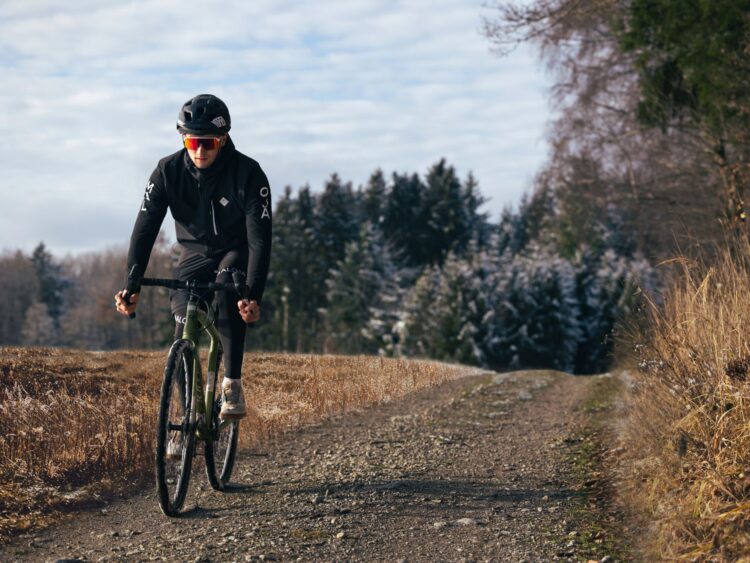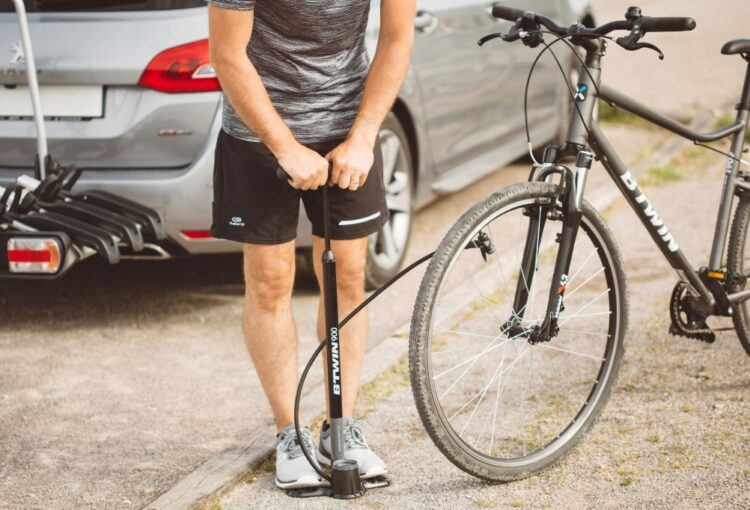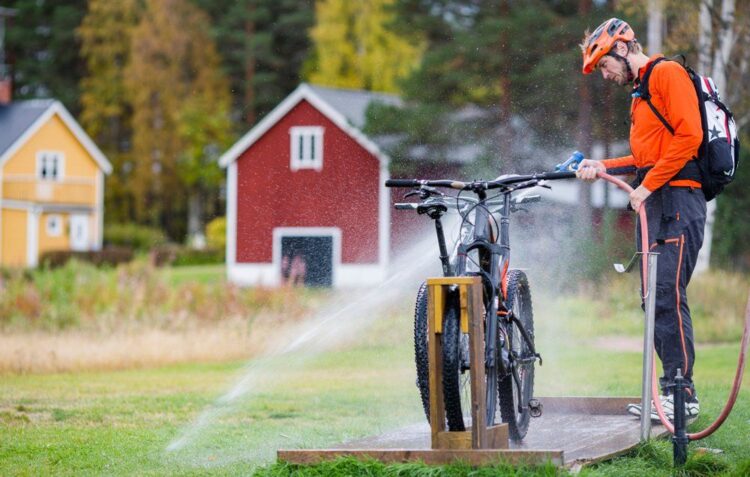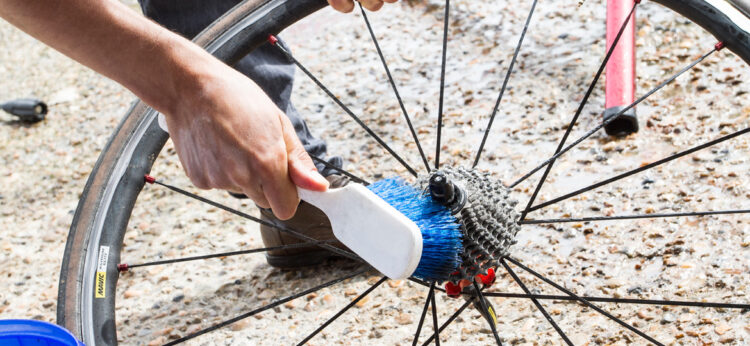Although an age-old tradition, gravel biking has become a more conscious sport in recent years. This venture allows you to practice your bike handling and cycling skills in a relaxed environment with minimal, if not, vehicles passing by.
Finding an ideal gravel bike for yourself can be pretty daunting; as such, you need to research to find a bike that meets your specifications. It is also crucial to correctly care for the bike once you acquire it. If you are new to gravel bikes, this article provides an excellent guide to the don’ts of a gravel bike.
Riding a Bike With Loose Bolts
Loose bolts could cause slipping, which may lead to injury. Gravel, unlike paved roads, moves and dramatically affects your bike’s steering. Loose bolts cause uncontrolled steering, which could translate to crashing.
Always check the condition of your gravel bike’s bolts and tighten them before riding it to ensure such accidents are mitigated. Tightening the bolts mid-riding is also highly recommended, as the constant vibrations of the bike due to gravel may cause loosening.
Over-Tighten Your Bikes Bolts
You do not want to ride a gravel bike with overly tightened bolts. There is tension build-up over a period which could cause the breakage of bolts and damage to fastened parts. It will also be very daunting to remove such bolts during maintenance. Investing in a bike torque wrench allows you to give the proper tightening to specific bolts of your gravel bike.

Riding on Loose Gravel
Riding on Loose gravel, especially with little gravel riding experience, increases the risk of crashing. Loose gravel does not go well with some tires as they cannot properly grip the surface. This leads to constant slipping.
It’s also recommended to keep your speed to a minimum, even when turning corners.
If you are looking to constantly ride on loose gravel, check here for gravel bikes for a wholesome riding experience. Gravel bikes have wide tires of about thirty-two millimeters, which increases the surface area in contact with the surface, providing better stability.
Turn Corners at a Fast Pace
This, in most cases, is a recipe for a massive fall or accident. Gravel bikes are heavy, heavier than road bikes by five pounds, and have large surface wheels, which will not be easy to control at a fast pace, especially in a corner. The bike is also fitted with a disc brake that makes the bike less aerodynamic, thus less efficient than bikes with no disc brake.
Over-inflating Your Tires
High-pressure tires make them too hard and cause more vibration against the gravel. It will cause a high rolling resistance translating to the most uncomfortable riding experience.
When buying a bike online or offline, ensure it has a manual, as it comes in handy in such situations. You can check the manual guidance on the amount of tire pressure, keeping in mind factors such as the tires’ width and weight. Before knowing the most suitable pressure, this may take constant trial and error.

Riding Without Safety Gear
Safety is of the essence, especially when riding your gravel bike. An essential is a padded helmet that protects your head from brain damage if you crash. Crashing on gravel roads is a common occurrence that needs proper gear to handle the impact. Other safety gears, such as knee and elbow pads, are also advisable. It is also paramount to carry a first aid kit to patch yourself up in case of injury.
Hanging on to Moving Cars
Gravel bikes, unlike road bikes, are not built for speed. Hanging onto a moving vehicle will lead to reduced control and cause the bike to skid off, causing severe injury. It is essential to stay clear of cars.
Washing Your Bike too Often
As much as you are a clean freak, deep cleaning your bike too often will lead to poor functioning of the bike as the water enters the hub and frame. The bike should only be washed when it is extremely dirty, with occasional wiping using a damp cloth to remove mud or dust. You should also ensure the bike is well-lubricated to function correctly.

Not Drying Your Bike After Washing
Gravel bikes are not built for water. They must be appropriately dried using a microfiber cloth to prevent water from penetrating delicate parts leading to corrosion and causing weight-related damage. Most people also leave the bike in the sun to dry, which is wrong as it will take a long time to dry without reaching for the inner parts having penetrated water.
Not Washing Your Bike at All
Not cleaning your bike is a hazard that may lead to irreversible damage. You are advised to clean your bike with a damp cloth after every ride to remove all the accumulated mud, dust, and grime. Wheels and frames must always be cleaned. It will help you notice areas that need repair or patchwork done.
Washing Your Bike With High-Pressure Jets
High-power jets are not easy to control, allowing water penetration into parts that should not have water in them, including your bike’s electric battery system. The jets may also push dust and mud into these parts leading to further damage. Hand-cleaning your gravel bike is the most preferred way of cleaning your bike.
Using Generic Detergents to Clean Your Bike
Most generic detergents have proven to be quite aggressive to parts of the gravel bike, such as the frames and disc brake. It is essential to use detergents specific to your bike that will not corrode the outer coating of your bike. Ensure such detergents are mild and are not filled with bleach. Bleach, for instance, causes damage to frames, especially those made of carbon fiber.

Final Thoughts
Knowing how to take care of your gravel bike to prolong its lifespan is essential. By knowing what not to do, you can ensure maximum functionality and have less money spent on repairs and parts replacements. Discussed above are things a biker shouldn’t do to prevent bike damage and injuring themselves.
 Hi Boox Popular Magazine 2024
Hi Boox Popular Magazine 2024



